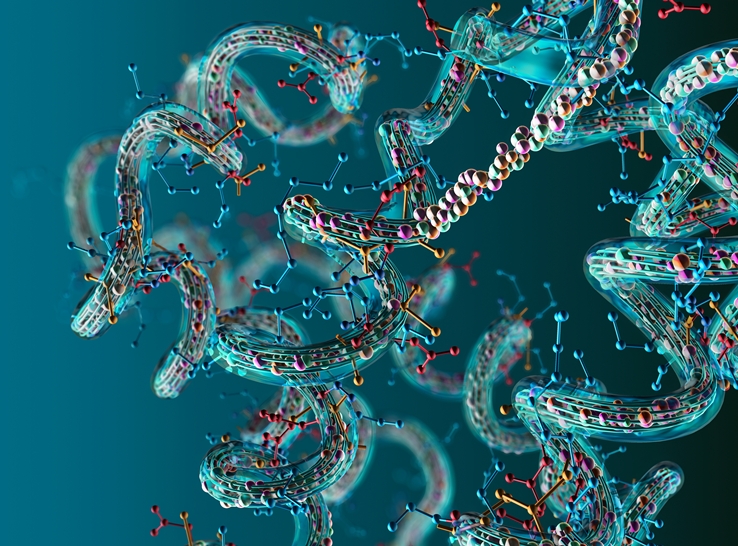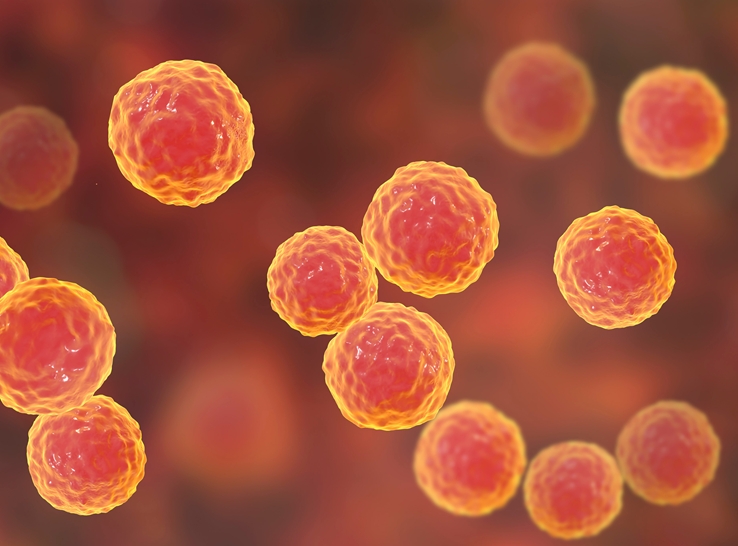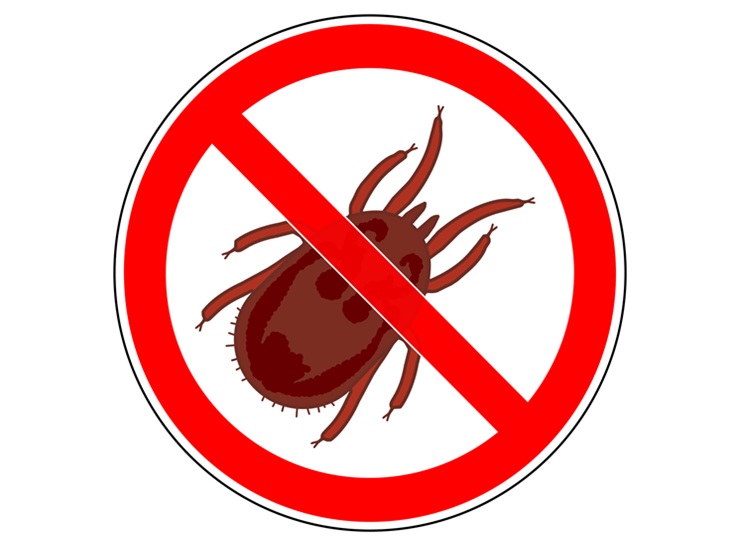Mitsu Suyemoto, research specialist at North Carolina State University, is passing the baton to the next generation of researchers studying Enterococcus cecorum, following 15 years of leading work with Luke Borst, DVM, PhD, that has shed light on the emerging pathogen.
Before she retires in the summer, she took time to share with an audience at an American Association of Avian Pathologists Emerging Diseases Committee event what their team has learned about the bacterium, which was first reported in the US in 2009. Disease caused by E. cecorum poses considerable welfare and economic challenges for broiler producers and currently has no effective antibiotic-free treatment.
Early work by their team developed many of the key assays used to study E. cecorum today. One early study demonstrated that gut injury was not necessary for the pathogen to cross the gut lining, initiating the cascade of disease processes commonly seen in birds: sepsis and pericarditis initially, followed by paresis and paralysis due to lesions that impinge on the bird’s spinal cord.
Further work demonstrated that osteochondrosis is common in modern broilers and that the associated defects in the cartilage predispose birds to E. cecorum infection in the spine.
Genetic changes in pathogenic strains
Samples from around the country provided the Borst lab with further insight into the bacterium. They used whole-genome sequencing to determine that pathogenic strains are genetically distinct from commensal strains that normally live in the bird gut without causing any harm. The pathogenic strains have capsule synthesis genes, known as cpsC and cpsO, that appear to resist host immunity. Such genetic patterns are similar in isolates from across the US.
The team went on to create mutant E. cecorum without these genes, finding that survivability was 100% and 95%, respectively, in embryos infected with the variants. When they returned the genes to the bacteria, they returned to their typically high virulence, showing the genetic links to disease threat.
Challenges to vaccine development
The ability to remove key genes and attenuate E. cecorum demonstrated by the team suggests the possibility of developing a vaccine. But things are not that simple.
“Vaccines would be lovely if we had circulating antibodies that would allow us to neutralize the bacteria before the birds become septic. But there are problems with a vaccine approach,” Suyemoto said.
She pointed to the need for antibodies to be present in the first week of life when infection often occurs, while also noting that the capsule created by the pathogenic bacteria “seems to be their magic cloak of invisibility,” which allows them to escape the immune system even in the presence of antibodies. Experimental vaccination of breeder hens with bacterins produced chicks with antibodies, but the chicks were not protected from infection with pathogenic E. cecorum.
Antibiotics, phages and early interventions
Fortunately, there are other options available for farmers.
Penicillin has proven effective against the pathogen, Suyemoto explained, while researchers in Europe have also shown the promise of a combination of lincomycin and spectinomycin. Beyond antibiotics, there is also evidence showing that some direct-fed microbials, probiotics and prebiotics can reduce disease severity.
Bacteriophages, which are currently receiving considerable research attention, could also play a role, but according to Suyemoto, “there are some hurdles to cross.”
“Phages recognize very specific receptors…so they will have to be able to recognize specific receptors on pathogenic strains, not commensals. They also will have to be able to recognize receptors on variable pathogenic strains and be a lytic, non-transducing phage,” she stressed.
Another idea is to use a traceback approach to get closer to identifying the source of the pathogenic bacteria, she said. The possibility is enticing, given that it is possible to isolate E. cecorum in the hatchery, revealing that isolates from birds and the hatcheries they came from are identical.
“We know that we can find E. cecorum in the broilers, breeders and grandparents. So, perhaps the traceback approach could be used to at least decrease the load of Enterococcus entering the hatchery and the flocks. That’s an area I would very much like to explore,” she said.
New challenges for researchers
With problems associated with E. cecorum persisting and pathogenic strains continuing to evolve, Suyemoto laid down the gauntlet for the next wave of discoveries, posing a series of questions that still need to be answered.
Her challenges to researchers include finding out why pathogenic E. cecorum remains subclinical in the breeders and grandparents, why some birds are more resistant to infection than others, where new pathogenic strains arise and whether they are transmitted in ovo or via shell contamination. Contamination would be the “fortunate” answer to the latter, she suggested, with it being easier to overcome than true vertical transmission.
Answers are also needed regarding the mechanism of cpsO virulence, how pathogenic strains penetrate the gut barrier and what other genetic factors contribute to virulence, she said.
“Perhaps most of all, I’d like to know if eradication is possible or if we will be satisfied with learning to manage this disease,” she concluded.
Power of small improvements at scale
She also offered some encouragement for those currently working on possible solutions that may only show what appear to be marginal gains.
“It can be disheartening when we find only a 2% or maybe a 5% difference in trials when we’re looking at interventions,” she added. “But we must remember that even at 5%, in a 40,000-bird house, that means 2,000 birds. That is impactful, not only economically, but for bird welfare, so I think we should remember that.”





